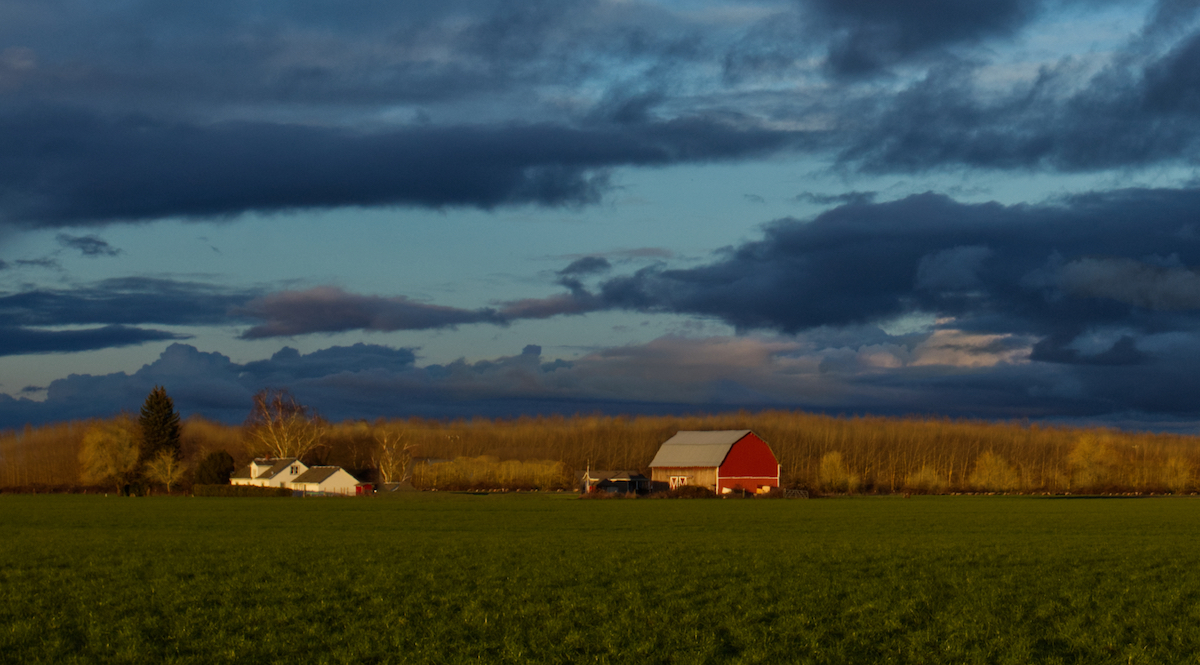
“A product is a commodity when all units of production are identical, regardless of who produces them.” – Don Hofstrand, Agricultural Specialist, Iowa State University Extension and Outreach
Family farmers are at the very beginning of the agricultural supply chain. They grow the raw materials — cotton, corn, wheat — that eventually become our clothes and food.
We call those raw materials agricultural commodities. Agricultural because they’re cultivated from the soil. Commodities because they’re said to be interchangeable — no matter which farmer grows them, they look the same. For example, if all the corn from one county’s farms were put into a big bin together, we wouldn’t be able to tell which corn came from which farmer.
That all changes when the corn becomes tortillas, the wheat becomes bread, and the cotton becomes t-shirts. Suddenly what was a raw material that looked just like what the neighbor grew has become something unique, and it’s perceived to have more value.
Brands that produce those finished products — the tortillas, bread, or t-shirts — may then set a price for their products based on their inherent value. And most of us would agree that seems fair enough.
But for family cotton farmers (and other producers in commodity agriculture), the story’s completely different. They depend solely on the market to determine the price of their cotton, and every farmer gets the same amount for each pound.
After all, the commodity agriculture model would say, if one farmer’s cotton is just like another’s, why not allow buyers to pay the same price for cotton no matter which farm it comes from?
American Farmers Face Challenges with Commodity Agriculture
Family farmers are the losers in the scenario. Sure, when the market’s good, they come out well, but when it’s not, they suffer. And that leaves them incredibly vulnerable.
Eric Henry explains it this way: “They’re caught on a commodity roller coaster. They have no say on price, and their price is dictated by things they have no control over.”
If that wasn’t enough, they also face the unpredictability of weather patterns shifting with climate change, changing trade and tariff policies, disrupted supply chains resulting from the 2020 COVID-19 pandemic, rising costs of equipment and production, and more. The result is an extensive impact on the health and well-being of farmers and their families.
Some of the impacts include:
• Chronic health problems
• Depression, anxiety, and suicide
• Extensive injuries
• Loneliness and social isolation
Small farms often end up going out of business when the pressure becomes too much.
Why We Need an Alternative for Family Farmers
“We want to change the marketplace, change how cotton farmers market and sell their cotton. We want to be sure the farmer has input. We want to be able to negotiate prices with farmers more long-term, so they can plan their business out, not just year-to-year. And then once there’s a more long-term business strategy for the farmer to grow cotton and make money. When we do all that, then we can start having conversations about regenerative or organic agriculture, but we’ve got to break the cycle first.” – Eric Henry
It’s imperative that we present an alternative for family farmers. We talked with Bert James, our friend, and a farmer in eastern NC. He’s a great example of why a new pricing model is so important.
“I’m so happy just being on the farm and making a living,” James says. “This isn’t a get rich proposition. This is just ‘let me pay the bills and pay the people that work for me and do it again next year.’ It’s such a simple equation, but it’s gotten lost.”
Family farmers steward the land because they love getting their hands in the dirt. It’s time we get our hands dirty alongside them and give them the input they deserve into the price of their products.
To learn more about how we’re bringing farmers into the conversation to negotiate pricing, learn about TS Designs’ 10,000 Pounds of Cotton Project.
